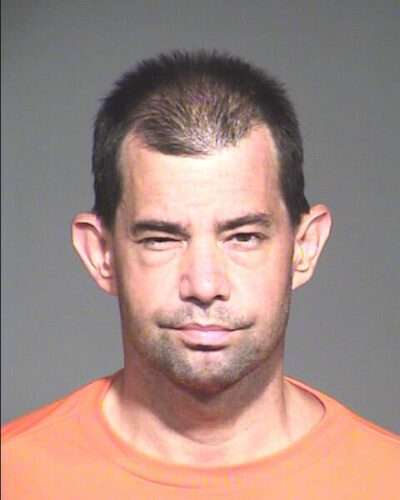Aaron Gunches Arizona Death Row
Aaron Gunches was sentenced to death by the State of Arizona for the murder of a man. According to court documents an argument broke out between the victim, Ted Price, and Aaron Gunches. The two would get in a vehicle together and would drive to a reservation where Aaron Gunches shot the victim twice in … Read more








